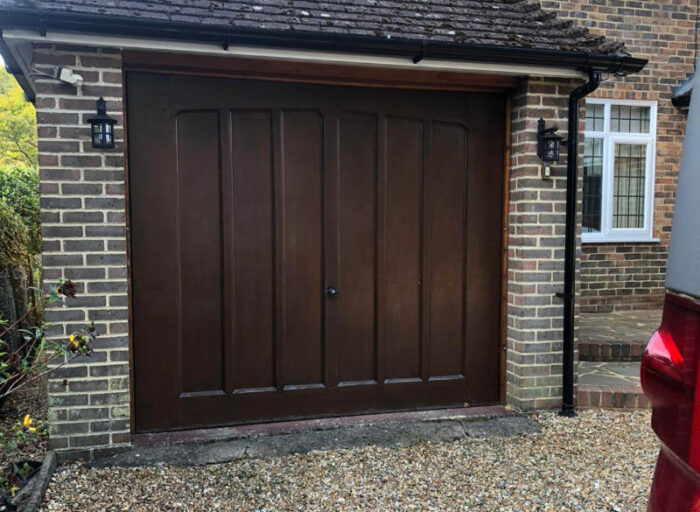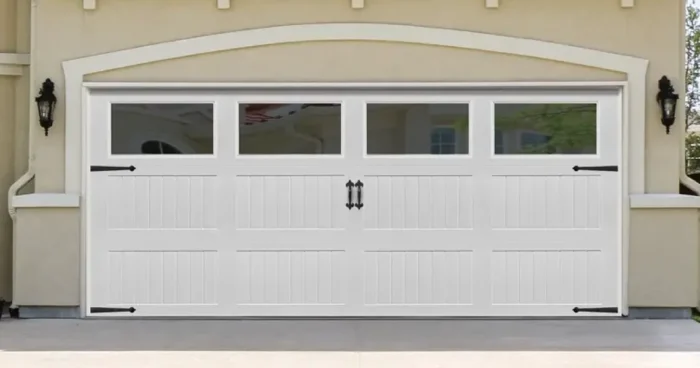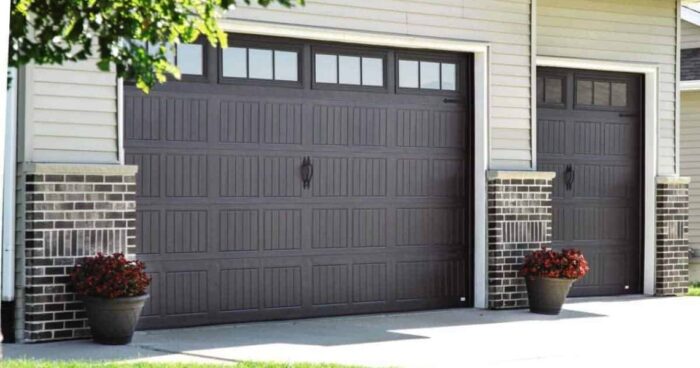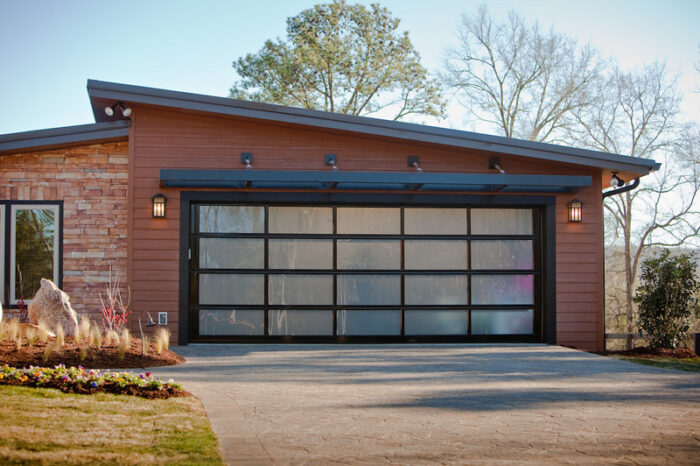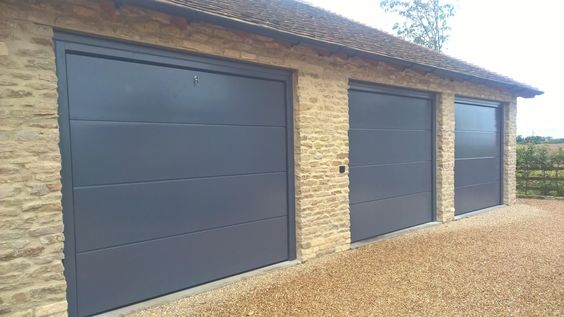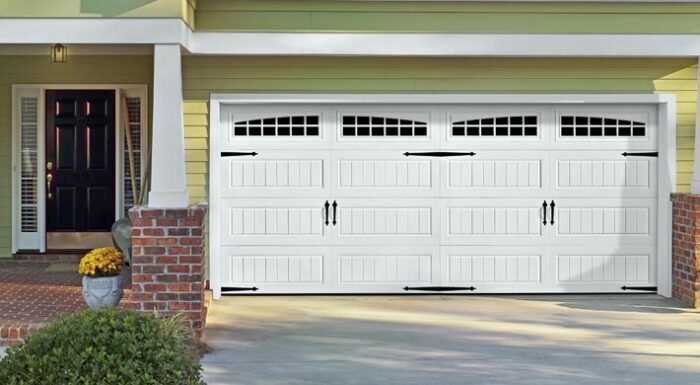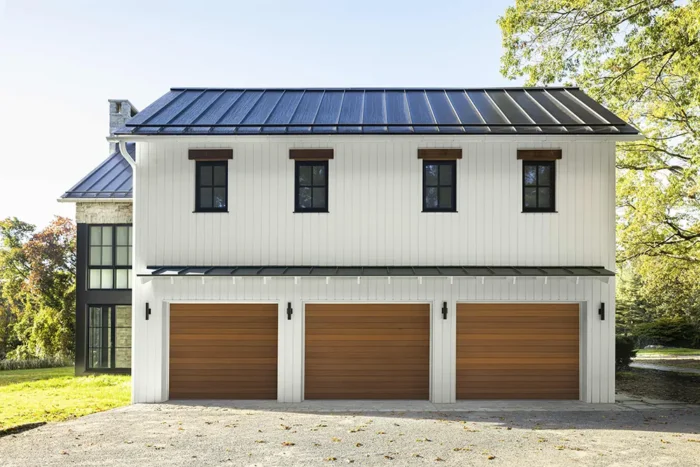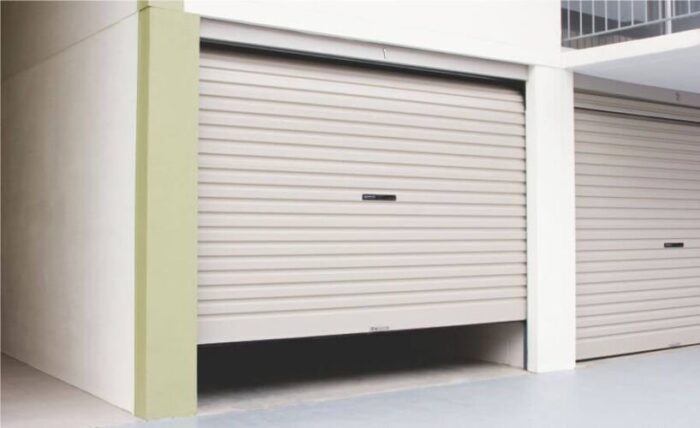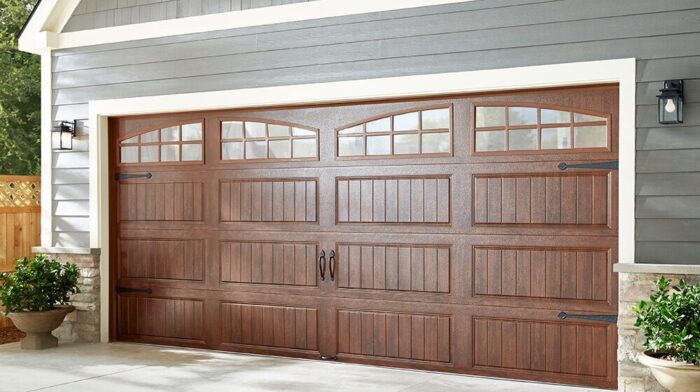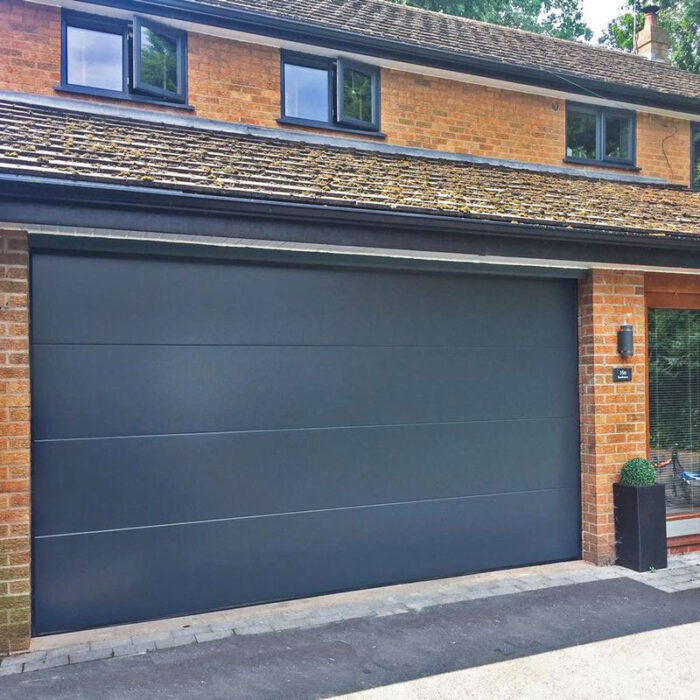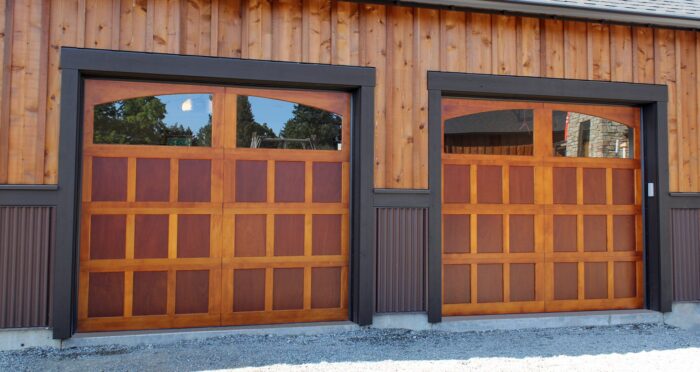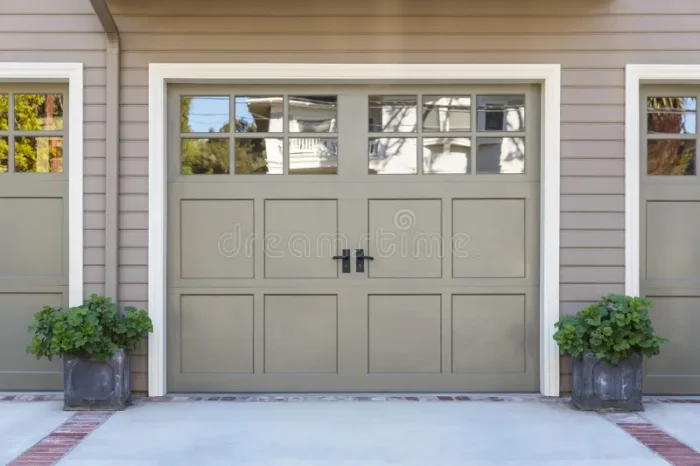As a homeowner, I take great pride in maintaining my property and ensuring that everything runs smoothly. One crucial aspect of home maintenance is the garage door opener, a device that simplifies daily life. Recently, I found myself in a situation where I needed to adjust the garage door opener’s force settings, and it led me to explore this essential aspect of garage door maintenance.
By following First Call Garage Door of Sugarland, I’ll share my experiences and walk you through the process of adjusting garage door opener force settings, empowering you to keep your garage door operating safely and efficiently.
Understanding the Importance of Force Settings
Before we dive into the specifics of adjusting force settings, it’s crucial to comprehend why these settings matter so much:
- Safety: Garage door opener force settings play a vital role in ensuring the safety of your garage door system. Properly adjusted force settings prevent the door from exerting excessive force when closing, reducing the risk of accidents.
- Smooth Operation: The right force settings ensure that your garage door operates smoothly and efficiently. Incorrect settings can lead to jerky or uneven movements, causing wear and tear on the system.
- Preventing Damage: Over time, force settings that are too high can lead to damage to the garage door, opener, and other components. Proper adjustments prevent unnecessary wear and extend the lifespan of the system.
- Compliance with Safety Standards: Many garage door openers are designed to comply with safety standards that require specific force settings. Adjusting these settings ensures compliance with safety regulations.
Step-by-Step Guide to Adjusting Force Settings
Now, let’s explore the step-by-step process of adjusting the force settings on your garage door opener. Please note that the exact steps may vary depending on your opener’s model, so it’s essential to refer to your opener’s manual for specific instructions.
Step 1: Gather Your Tools
Before you begin, gather the tools and materials you’ll need:
- A ladder to access the garage door opener.
- A flathead screwdriver or a similar tool for making adjustments.
- Your garage door opener’s manual for reference.
Step 2: Locate the Force Adjustment Controls
Access your garage door opener unit, which is usually mounted on the ceiling of the garage near the door. Look for the force adjustment controls, which are typically found on the back or side of the opener.
Step 3: Test the Current Force Settings
Before making any adjustments, it’s essential to test the current force settings. Open and close the garage door using your remote control or wall-mounted button. Pay attention to how the door operates, especially during the closing phase. If the door feels unusually heavy or makes unusual noises, it may indicate that the force settings need adjustment.
Step 4: Adjust the Force Settings
Using your flathead screwdriver or the tool specified in your opener’s manual, locate the force adjustment controls on the opener. There are typically two controls: one for the closing force and one for the opening force.
- To reduce the force, turn the control counterclockwise.
- To increase the force, turn the control clockwise.
Make small adjustments, and then test the door’s operation again. Continue making adjustments as needed until the door operates smoothly and without excessive force.
Step 5: Test the Safety Reversal System
After adjusting the force settings, it’s crucial to test the safety reversal system of your garage door opener. This system is designed to detect obstructions and reverse the door’s direction if it encounters resistance. To test it, place a small, sturdy object (such as a block of wood) on the garage floor where the door closes. Then, close the door using your remote or wall-mounted button.
The door should come into contact with the object and immediately reverse direction. If it doesn’t, or if it reverses too forcefully or not forcefully enough, further adjustments to the force settings may be necessary.
Step 6: Fine-Tune as Needed
Continue fine-tuning the force settings until your garage door operates smoothly, without excessive force, and the safety reversal system functions correctly. Make sure to refer to your opener’s manual for specific guidance on force settings and safety reversal testing.
Additional Tips for Adjusting Force Settings
Here are some additional tips to help you effectively adjust your garage door opener’s force settings:
- Consult the Manual: Your garage door opener’s manual is a valuable resource for adjusting force settings correctly. It provides specific instructions and guidance tailored to your opener’s model.
- Test Regularly: Periodically test the force settings and safety reversal system to ensure that they continue to operate correctly. This can help detect issues early and prevent potential problems.
- Safety First: When working with your garage door opener, always prioritize safety. Disconnect the power to the opener before making adjustments to avoid any accidental activation.
- Seek Professional Help: If you’re unsure about adjusting force settings or encounter issues that you can’t resolve, consider seeking professional assistance from a garage door technician. They have the expertise to ensure your garage door operates safely and efficiently.
My Personal Experience: A Smooth-Running Garage Door
Adjusting the force settings of my garage door opener was a game-changer for me as a homeowner. Here’s how it has impacted my daily life:
Smooth Operation: After fine-tuning the force settings, my garage door operates smoothly and quietly. It no longer strains or makes unusual noises during opening and closing.
Peace of Mind: Knowing that my garage door operates safely and efficiently brings me peace of mind. I’m confident that it won’t exert excessive force or cause unnecessary wear and tear.
Compliance with Safety Standards: Adjusting the force settings ensures that my garage door opener complies with safety standards, providing an additional layer of security for my home.
Regular Maintenance: I’ve incorporated regular testing of the force settings into my home maintenance routine. This helps me identify and address any potential issues promptly.
Conclusion: A Safer, More Efficient Garage Door
In summary, based from First Call Garage Door of Sugarland, adjusting the force settings of your garage door opener may seem like a minor task, but it has a significant impact on the safety and efficiency of your garage door system. It prevents damage, ensures smooth operation, and provides peace of mind for homeowners like me.
Whether you’re troubleshooting issues or simply maintaining your garage door, understanding and adjusting force settings is an essential skill. It’s a feature that has made a substantial difference in my life, ensuring that my garage door operates safely and efficiently. I wholeheartedly recommend exploring this aspect of garage door maintenance to keep your home running smoothly.
First Call Garage Door of Sugarland
15500 Voss Rd ste 425, Sugar Land, TX 77498, United States
713-597-5105
